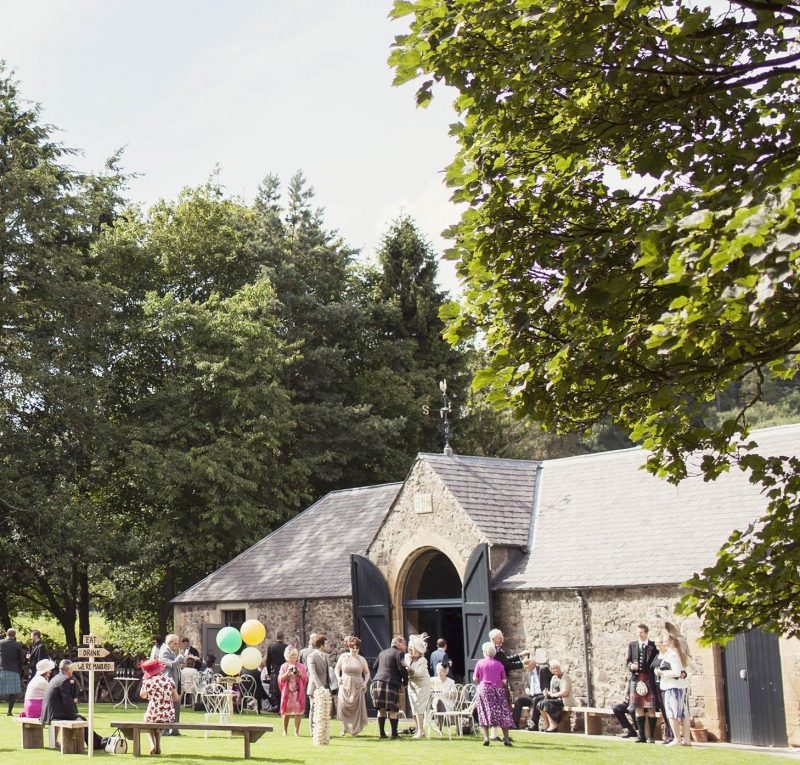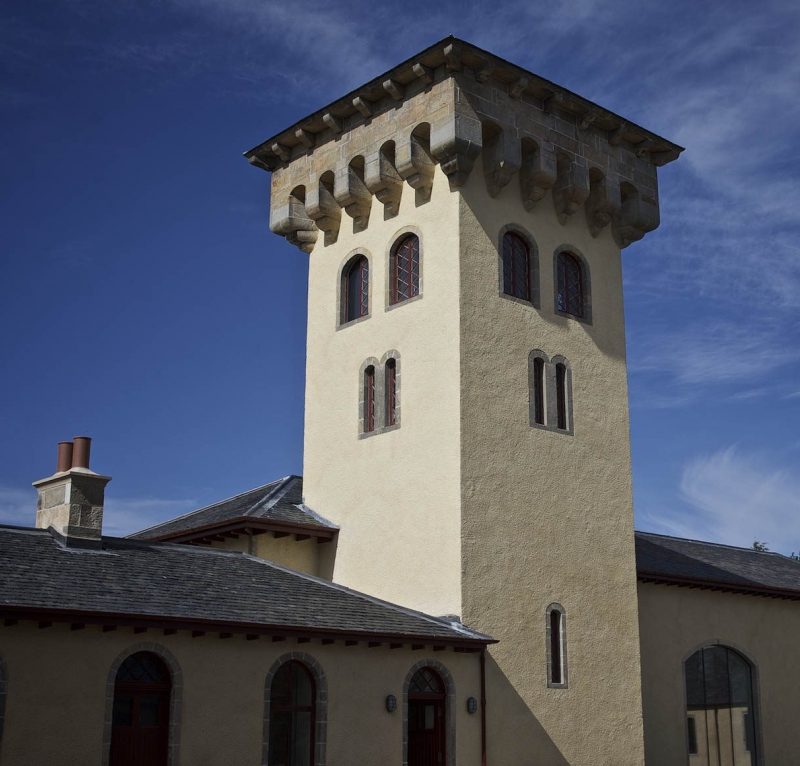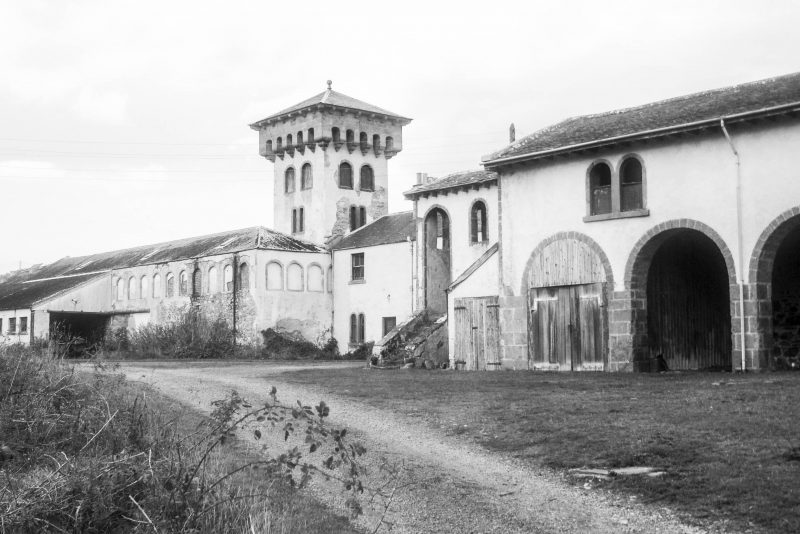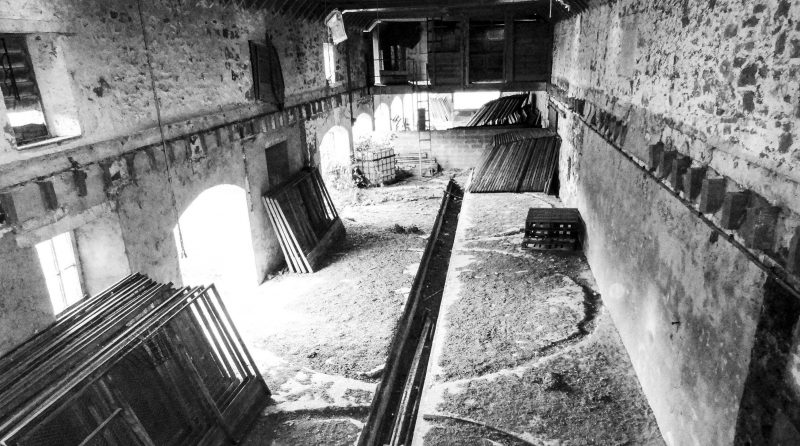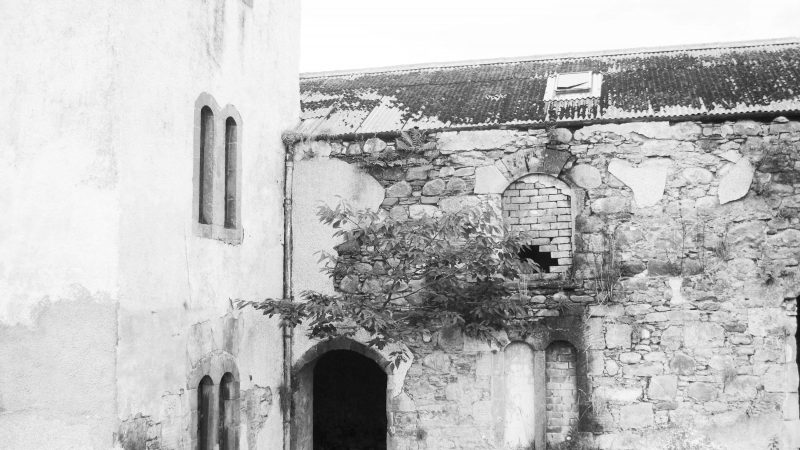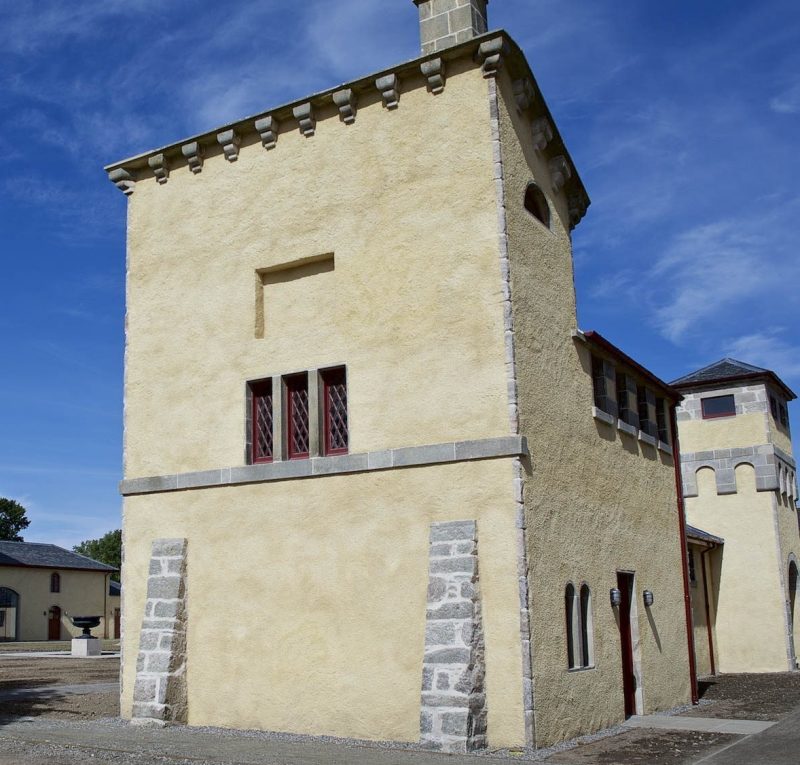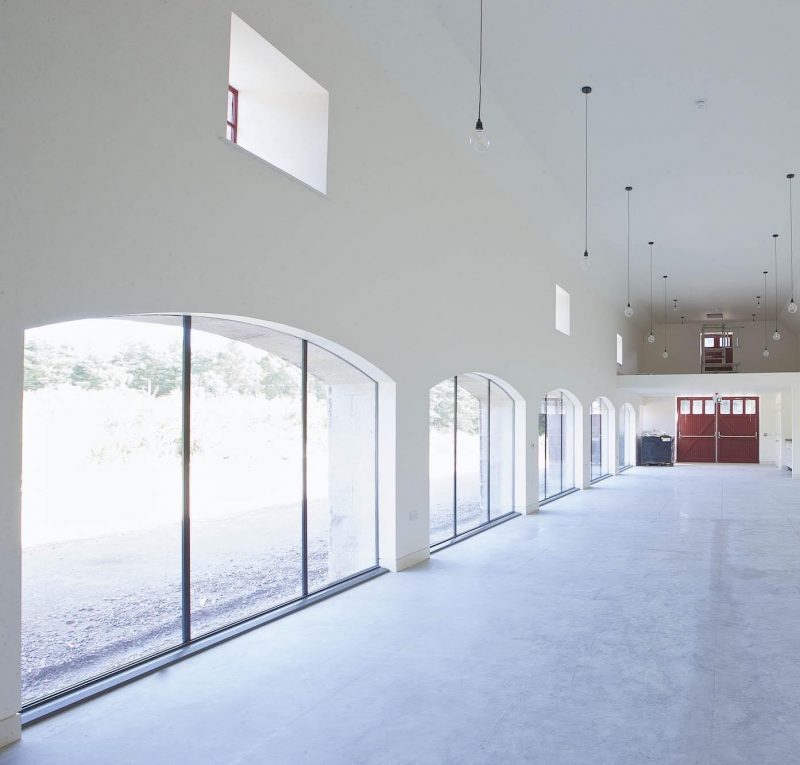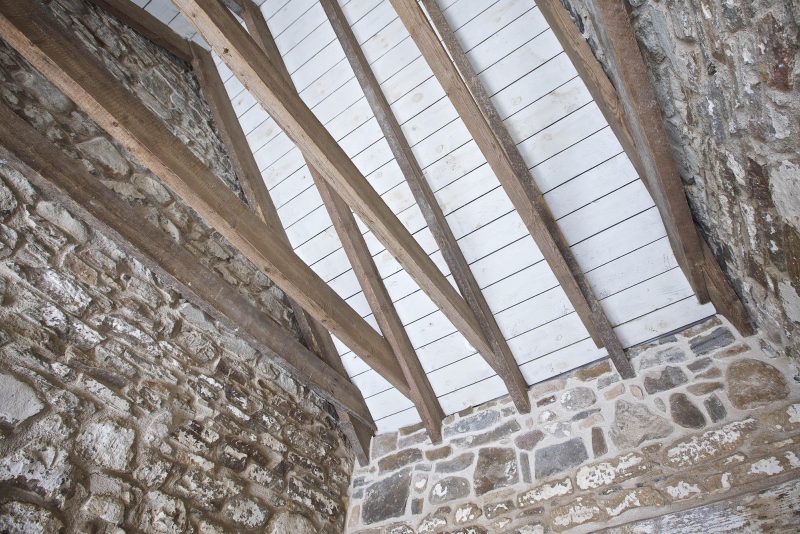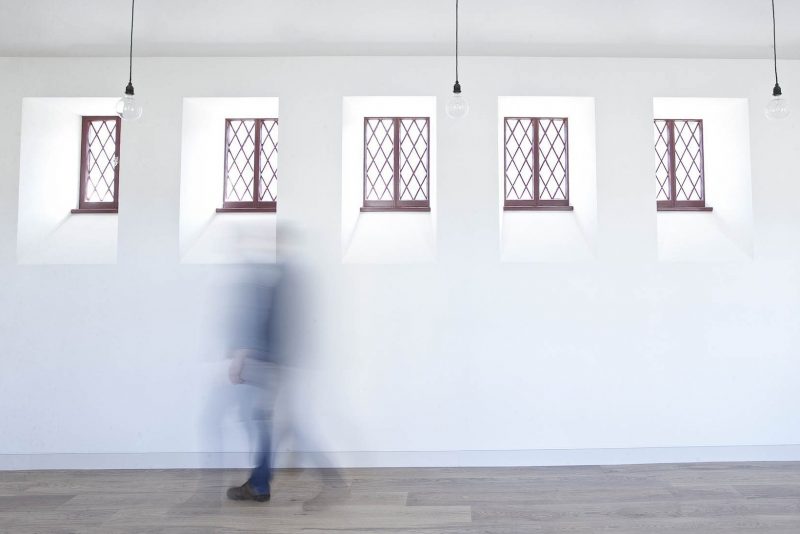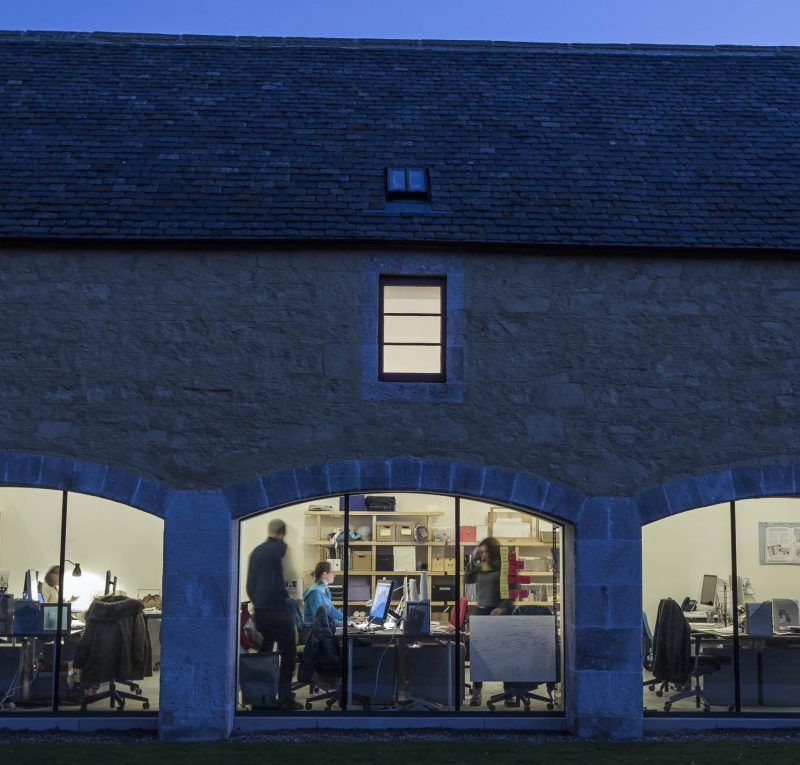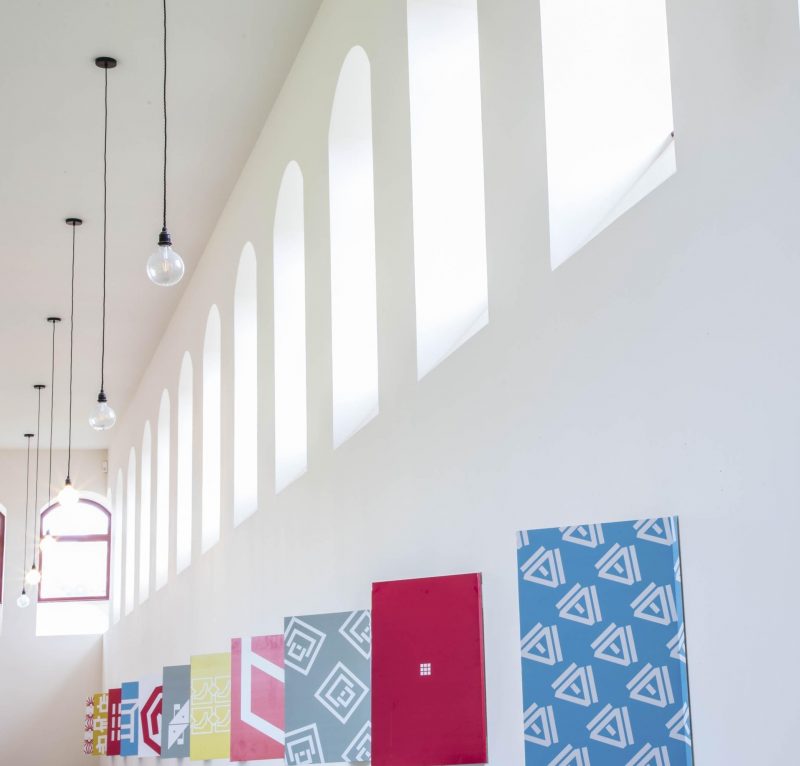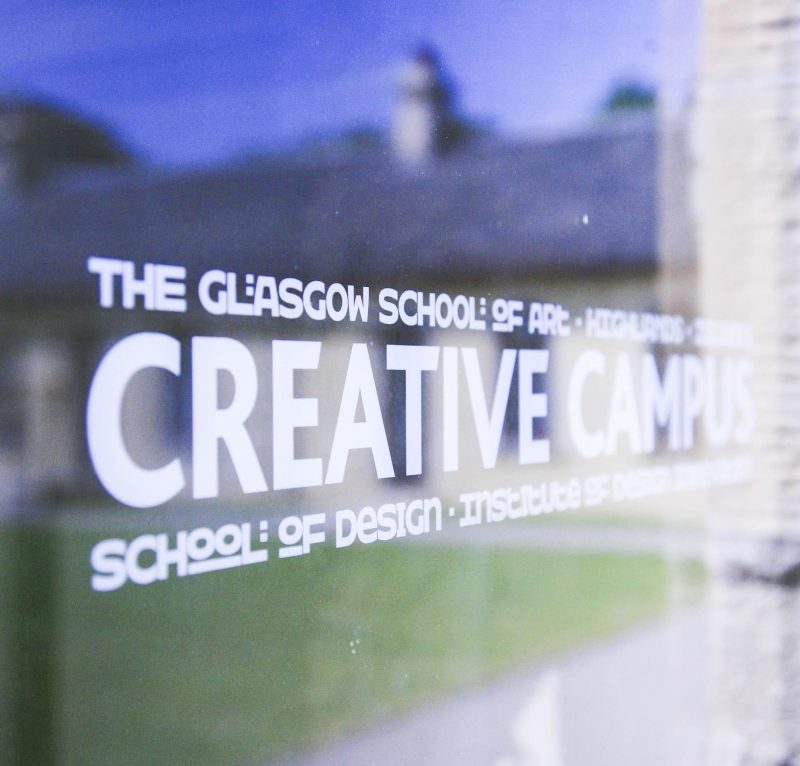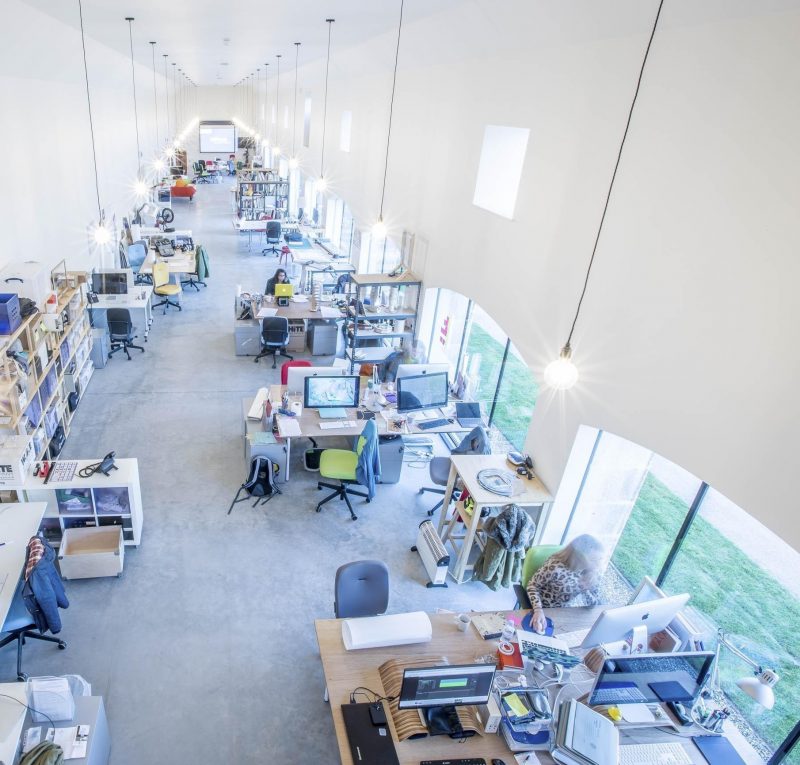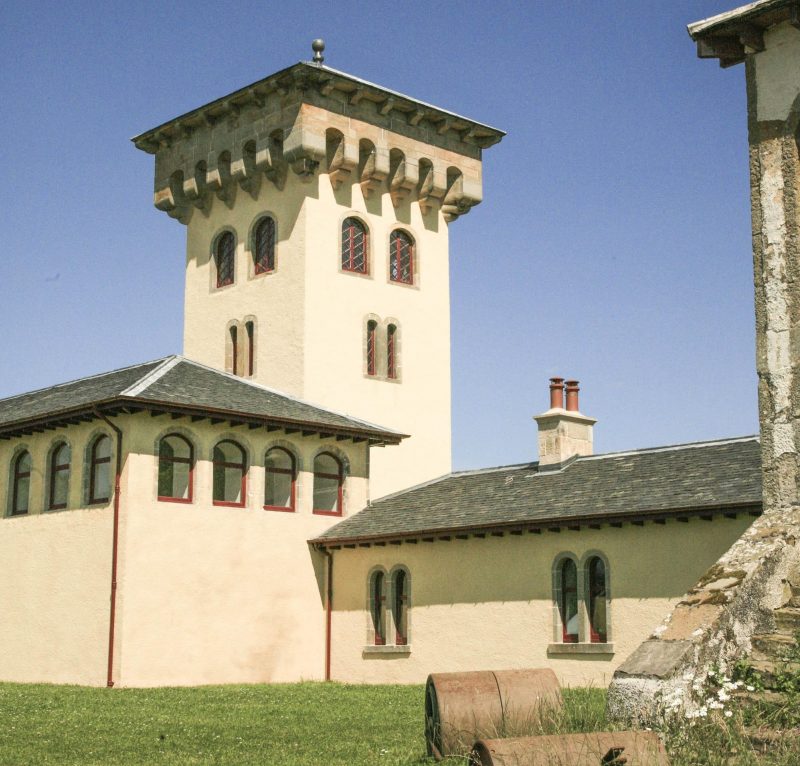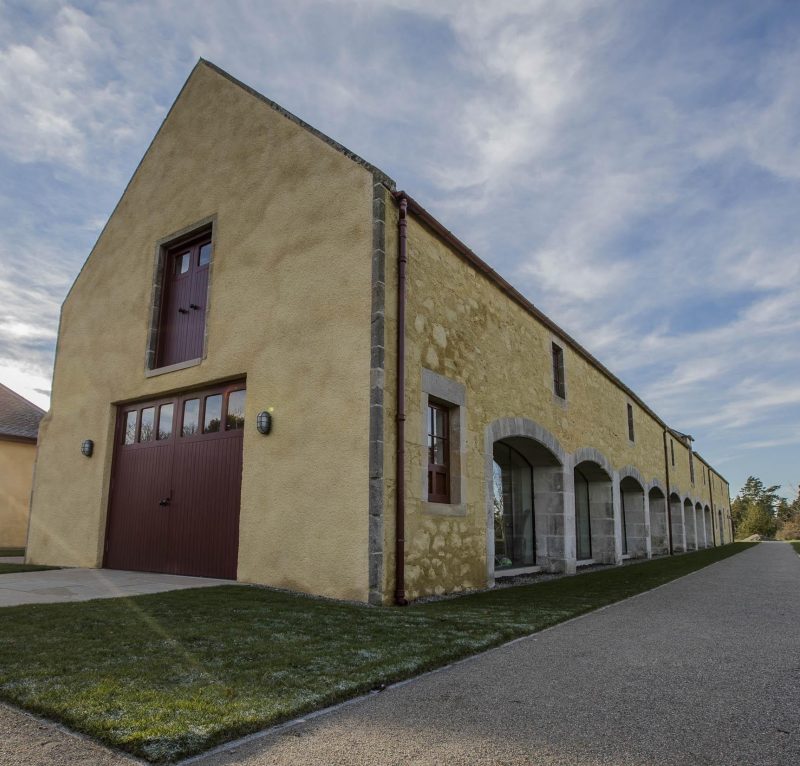Blairs Home Farm, Altyre Estate
Moray | Redevelopment of A-Listed Farm Buildings
The unique collection of Grade-A listed buildings that now make up this world-class design & innovation centre had been on the buildings at risk register for many years.
Harry Taylor & Co was entrusted with turning these imperilled former steadings into an inspiring rural campus for the Glasgow School of Art.
The early involvement of all stakeholders, and the development of courteous relationships with all parties, drove the project to a rewarding conclusion that all could take pride in.
- All statutory permissions obtained
- Architectural drawings and specifications created to aid the grant process
- Inspection of works throughout the project
- Successful liaison with local planning authority, building control, Historic Environment Scotland, the future tenant and the estate owner.
- Obtaining completion certificates
- Shortlisted in the category of Partnership at the Scottish Awards for Quality in Planning 2017.
From buildings at risk to inspirational design school
Blairs Home Farm had been on the Buildings at Risk Register for Scotland for a number of years prior to us being asked to assist in their potential restoration. A fabulous group of Italianate farm buildings built circa 1834, with late 19th Century additions and alterations, Historic Environment Scotland had listed them as Category A and of outstanding interest.
Due to the cultural significance of these buildings and their poor state of repair one of the most urgent tasks assigned to Harry Taylor & Company was the recording of the existing buildings as found.
Measured Survey and Photographic Record
Firstly, a team of our Building Surveyors and Architects measured the property by hand. We felt that this approach allowed us the time to get to know the building more intimately, experiencing where space perhaps felt too tight or where there was a lack of natural daylight. It also helped us to begin to understand the structure and formulate ideas about how to remedy inherent problems—and how the spaces may be utilised.
Discovering the buildings' secrets
This method was particularly fruitful at Blairs Home Farm: previous schemes had called for the demolition of one range of buildings, which had been deemed less significant. Through our detailed survey, we were able to prove that this range was from one of the earlier phases of construction on the site. This important part of the site's historical development was therefore saved and would later contribute to the success of the campus redevelopment.
Historic Detailing & Contemporary Interventions
A significant amount of the original fabric had been lost over the years and this made any surviving material all the more precious. Most of the external windows and doors were either missing, heavily altered or had been replaced by inferior equivalents. It was decided that the exterior of the buildings should be returned as closely as possible to the original. This involved a lot of investigative work to ascertain exactly what had survived and at times piecing together elements from different locations on the site. Where no elements survived our design team, through consultation with both Historic Scotland and the local Planning Authority, were able to create sympathetic designs which complemented their historical setting.
Several of the arched openings in the facade had always been open to the elements and the decision was taken to keep the glazing in these areas as minimal and contemporary as possible. The frames were kept slim and to the rear of the arched opening in order to try and retain the open cart shed appearance of the original.
Internally, very little remained or had ever existed in the first place. In one of the dwelling houses some of the original skirtings and doors were still in situ, and although the layout of these areas were later altered, profiles were taken of the original facings and doors and these were recreated in this area. It was felt that to utilise these elements within the steading buildings would create a false impression of what had existed and therefore, to avoid conjecture, a more contemporary aesthetic was adopted. This involved flush panel doors and shadow gaps at skirtings and around doors, creating a light and fresh touch to the interiors.
Statutory Permissions & Grant Applications
Once we had developed a proposal which was acceptable to both the client and their future tenant, our documents were then submitted to the relevant authorities. These documents included repair schedules, window/door details, elevations, sections and plans.
Meetings were also held between HT&Co, Building Control and the Planning Department in order to appease all parties. Due to the often conflicting nature of Building Regulations and Planning Legislation, particularly with regard to listed buildings, these meetings were essential in fostering understanding between ourselves and the local authority and helped towards delivering an important asset for the region.
Site Inspections & Project Management
After successfully gaining all relevant permissions it was then our role to inspect the work carried out by the contractor and manage the flow of information throughout the project. This involved weekly site visits and monthly minuted meetings.
As the work progressed, more and more was discovered about the original construction and phasing of the buildings. This then led to evolution of the design in several locations and—through further consultation with Historic Environment Scotland and the Planning Department—amendments were successfully implemented.
Areas of the original lime harling were also discovered and this allowed the sub-contractor to analyse its composition. Unusually the harling had a through pigment and was not merely coloured by a limewash on the surface. Several sample panels were carried out, with natural pigments being sourced from Italy and inclusions such as shell used to match the original. These were then discussed with the necessary parties and a final specification for the works approved.
Visits were also taken to the manufacturing workshops of the joiners responsible for repairing and reproducing the windows and doors. This insured that that the craftspeople fully understood the drawings and the importance of the buildings they were working on.
The result
All this pre-planning, co-operation and attention to detail has resulted in a world-class facility for the Glasgow School of Art, and we are delighted to be currently involved in the next phase of development on the Altyre Estate.
Further reading
- Glasgow School of Art Highlands and Islands
- Altyre Estate
- Highlands & Islands Enterprise - Glasgow School of Art campus opens
Project credits & thanks
- Client: Altyre Estate
- Main Contractor: Darroch & Allan
- Quantity Surveyor: Ralph Ogg & Partners
Photography credits
- Paul Campbell
- Harry Taylor & Co
Media
Glasgow School of Art introduces its new Highlands and Islands campus on the Altyre Estate, Moray.
Filed in:
